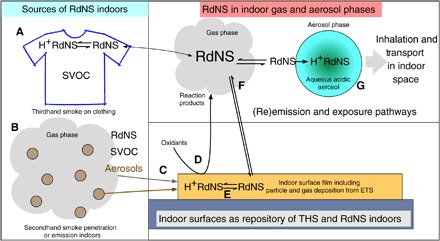Fig. 4. Proposed mechanism of partitioning to aerosol of RdNS from THS.

(A and B) Cigarette smoke components (SHS and THS) are introduced into the indoor environment from volatilization off of clothing (A) or SHS emission or penetration (B). (C) Once indoors, smoke vapors can partition and aerosol particles deposit to surfaces in the indoor environment. (D to F) Chemical processing and reactions with indoor oxidants (D) can modify the deposited chemical species. Strong bases such as ammonia can deprotonate deposited species (E), leading to volatilization of semivolatile compounds to the gas phase (F). These species can repartition to surfaces or undergo reactive uptake into the acidic aqueous phase of aerosols. (G) Once in the particle phase, these species are able to be transported through a building via natural or forced convection.
